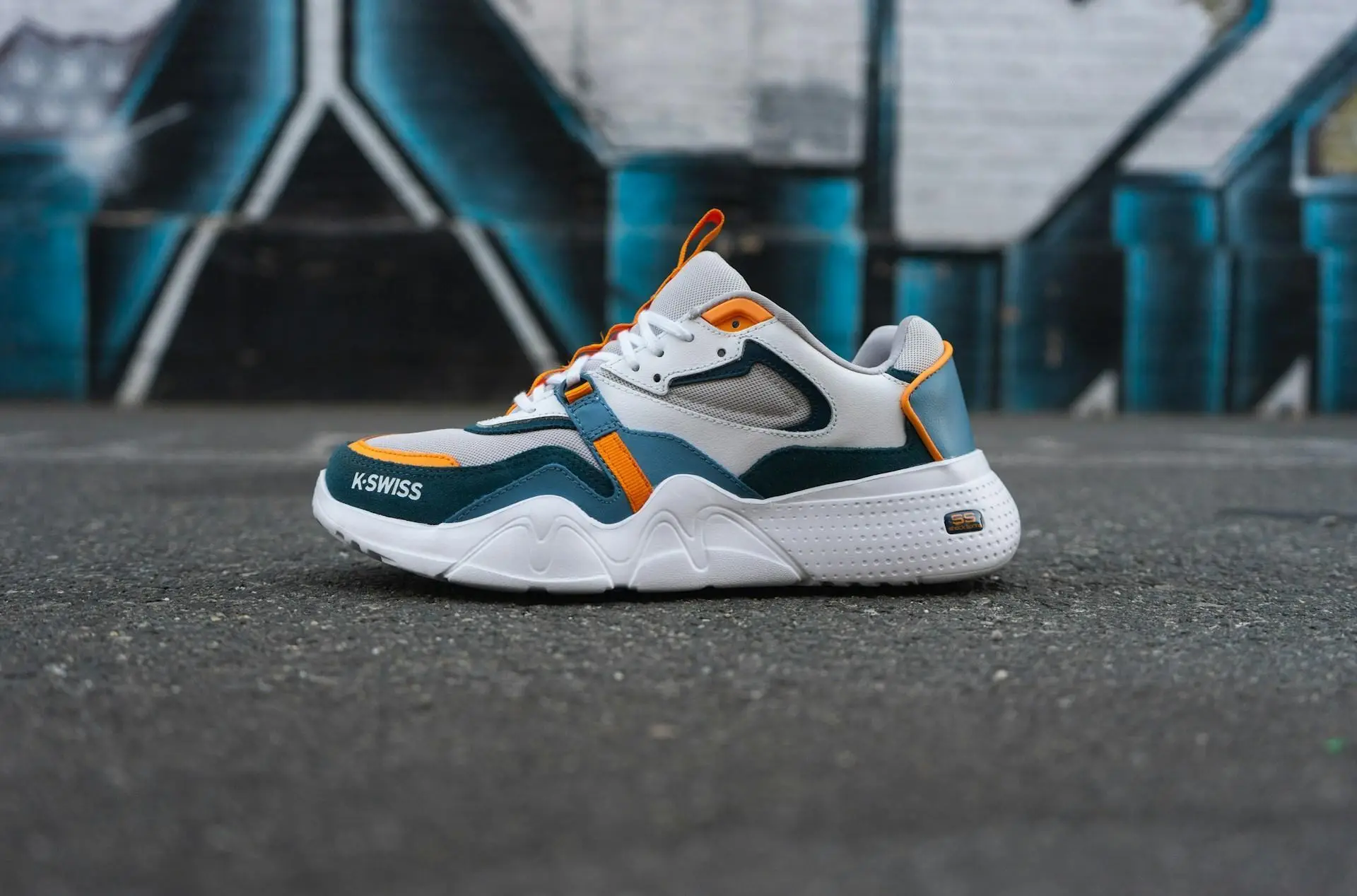Why We Keep Clothes We Never Wear - The Emotional Science of Wardrobes
The Psychology Behind Our Closets
The average person wears only 20% of their wardrobe regularly, yet continues to hold onto unworn clothing for complex psychological reasons. This phenomenon, deeply rooted in human behavior and emotional attachment, reveals fascinating insights into our relationship with material possessions and self-identity.
The Emotional Value of Clothing
Memory Anchors
Clothes often serve as powerful emotional anchors, connecting us to significant moments, achievements, and periods in our lives. These garments become more than mere fabric; they transform into tangible memories of:
- Special occasions
- Personal milestones
- Past relationships
- Career achievements
- Life transitions
TheJust in Case" Syndrome
Future Self Projection
Research shows that people often retain clothing based on an idealized version of their future selves. This behavioral pattern manifests in several ways:
- Weight fluctuation expectations
- Lifestyle change anticipation
- Career transition preparation
- Social role adaptations
- Fashion trend revival hopes
The Cost-Value Relationship
Financial Attachment
The sunk cost fallacy plays a significant role in our reluctance to part with unworn clothing. People tend to:
- Remember purchase prices
- Consider potential future value
- Feel guilty aboutwasted" money
- Hope for return on investment
- Maintain expensive items longer
Identity and Self-Image
Wardrobe as Self-Expression
Our clothing collections often reflect not just who we are, but who we aspire to be. This psychological connection makes parting with certain items particularly challenging, even when they no longer serve a practical purpose. The wardrobe becomes a museum of:
- Past identities
- Aspirational selves
- Cultural affiliations
- Personal growth
- Style evolution
The Comfort of Abundance
Security Through Possession
The presence of a full wardrobe creates a sense of security and abundance, even when many items go unworn. This psychological comfort stems from:
- Choice availability
- Preparation for various scenarios
- Emotional safety net
- Resource security
- Style versatility
The Impact of Fast Fashion
Overconsumption Patterns
The accessibility of fast fashion has dramatically increased wardrobe sizes while decreasing individual item usage. This phenomenon has created:
- Impulse purchase habits
- Reduced item value perception
- Increased storage challenges
- Environmental concerns
- Disposal guilt
The Role of Nostalgia
Emotional Time Capsules
Clothing often serves as a personal time capsule, preserving memories and emotions that people are reluctant to release. Key aspects include:
- Sentimental attachments
- Historical connections
- Personal narratives
- Emotional comfort
- Identity preservation
Breaking the Attachment Cycle
Mindful Wardrobe Management
Understanding the psychological aspects of clothing attachment can help develop healthier relationships with possessions. Effective strategies include:
- Regular wardrobe audits
- Emotional awareness
- Conscious purchasing
- Sustainable practices
- Systematic decluttering
The Digital Age Influence
Virtual Validation
Social media and digital documentation have created new reasons for keeping unworn clothes. Modern factors include:
- Content creation needs
- Online persona maintenance
- Style documentation
- Digital memories
- Social validation
Moving Forward with Intention
The science of wardrobe psychology reveals complex emotional attachments to clothing. Understanding these psychological patterns can lead to more mindful consumption and healthier relationships with material possessions. By acknowledging the emotional aspects while developing practical strategies for wardrobe management, individuals can create more sustainable and fulfilling relationships with their clothing collections..."









